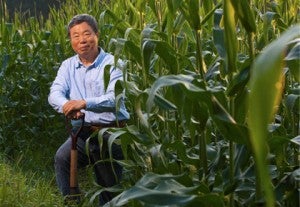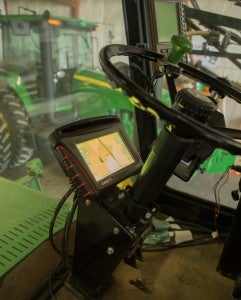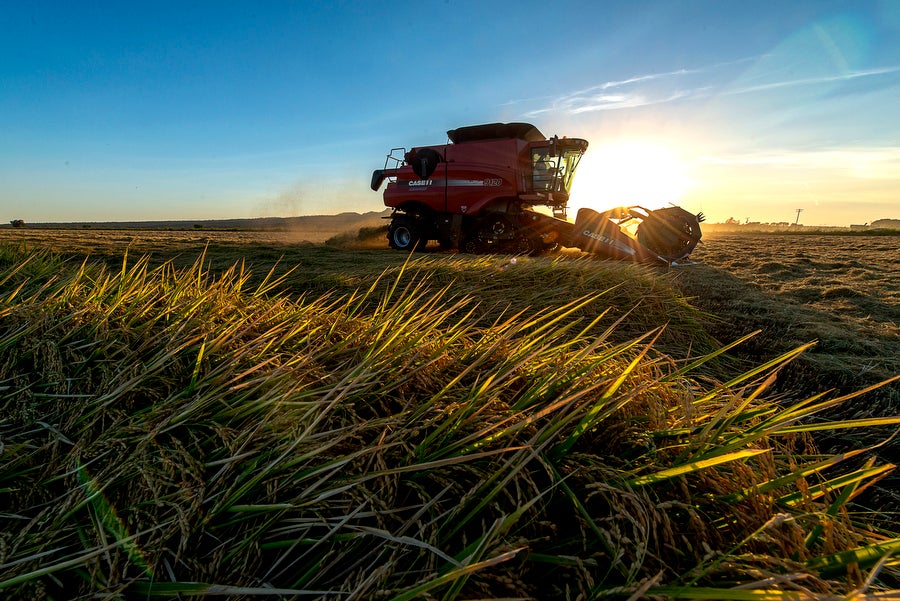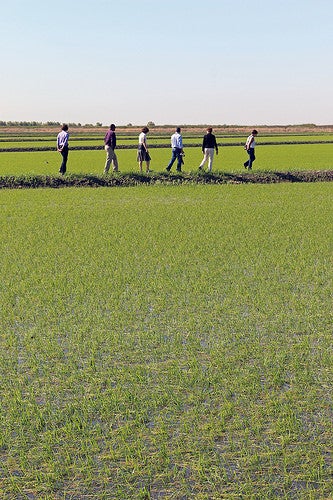You may not know the name Dr. Changsheng Li, who passed away last week after a courageous battle with cancer, but his legacy will live on for generations.
A professor at the University of New Hampshire (UNH), Dr. Changsheng developed and refined a model that has been used in more than 20 countries to calculate methane and nitrous oxide emissions from crop production.
A UNH faculty award from 2009 noted that “it is rare to meet a person who fairly radiates humility and compassion. Changsheng Li of the Institute for the Study of Earth, Oceans, and Space is just such an individual.” He will be sorely missed by his friends at Environmental Defense Fund – and across the entire agricultural world.
His work took on new meaning and unprecedented momentum over the past few months with several big developments in the field of agricultural carbon markets – successes that would not have been possible without his pioneering work. Read More



















